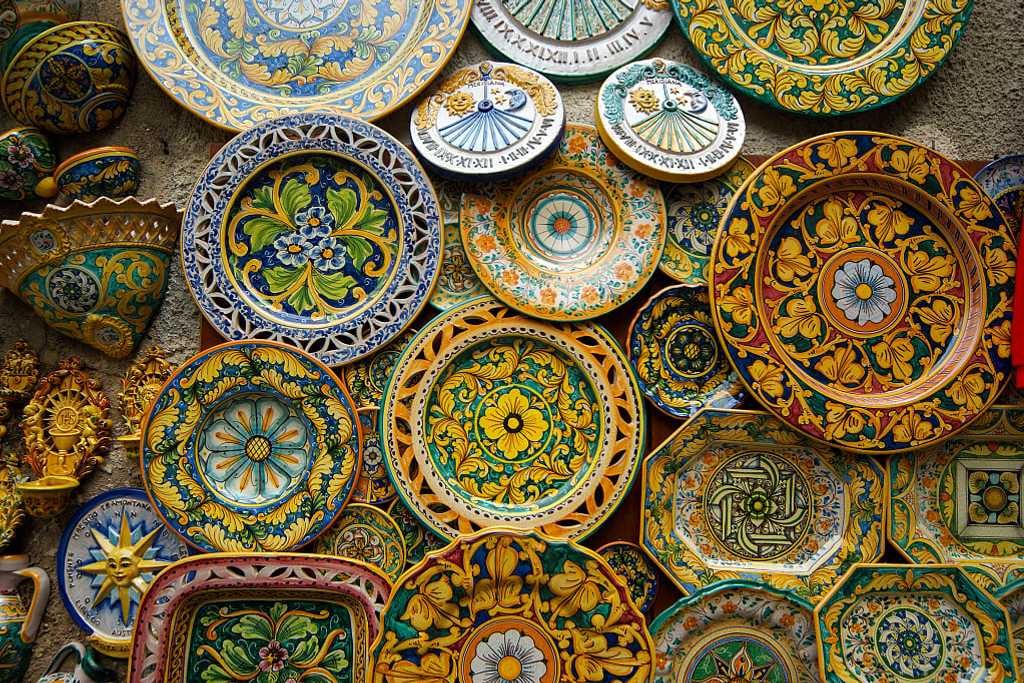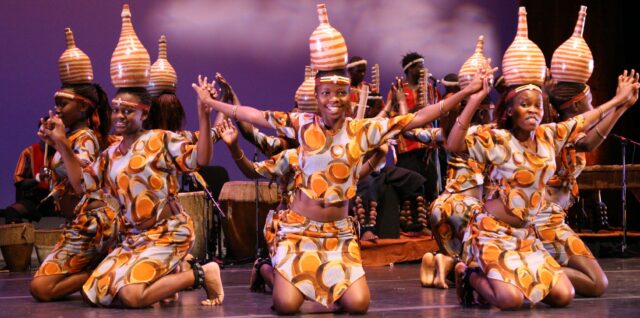Uganda is a country renowned for its vast cultural diversity. From the vibrant music and art of its people to their unique traditions, Uganda offers something special to all who take a journey through it.
Whether you are exploring the rolling hills of Karamoja or the bustling markets of Kampala, you can be sure to come across many different cultures that have made this nation what it is today.
From tribes with ancient beliefs and customs to modern-day religions, Uganda has so much to offer anyone looking for an in-depth exploration of its culture.
With each turn comes new stories about how Ugandans view the world around them and how they cope with life’s many challenges. A journey through Uganda’s diverse peoples and traditions will give you an interesting insight into one of Africa’s most vibrant nations.
Navigating the journey without help is not easy, so be sure to check out Uganda Tourist Information to ensure an easier time navigating around the country!
Traditional Cuisine in Uganda

Uganda is home to a diverse and unique traditional cuisine that has been passed down through generations. One of the most popular dishes in Uganda is matoke, which consists of green plantains cooked with onions, tomatoes, and peanut sauce.
Another popular dish is Luwombo, a steamed meat or vegetable dish typically served with groundnut sauce. Other traditional dishes include ugali (a cornmeal paste), nyama choma (grilled beef or goat), mandazi (fried bread), and chapati (flatbread). The Ugandan diet also includes fish such as tilapia from Lake Victoria as well as fresh fruits like mangoes and bananas.
Vegetables such as sweet potatoes are common ingredients in many meals. Food is usually prepared without spices but some local seasonings are used for flavor including salt, pepper, and chili peppers called Piri Piri. Staples often served at meals include cassava root, millet porridge, and beans like black-eyed peas known locally as Ndengu.
Traditional cooking methods vary across the country ranging from baking over open fires to boiling food in clay pots on charcoal stoves known as Nikos.
Eating out can be an experience too with street vendors offering foods like samosas filled with vegetables or kabobs made from beef skewers grilled over hot coals found throughout urban areas of Uganda’s major cities such as Kampala and Gulu.
Music and Dance of Uganda

Uganda is a country of diverse cultures, with unique music and dance traditions that have been passed down for generations. From traditional drum beats to high-energy choreographed dances, the country’s musical heritage can be seen in almost any corner of the nation.
Traditional Ugandan folk music often incorporates drums, flutes, xylophones, and other percussion instruments played by skilled performers to create a captivating experience for listeners. Additionally, many songs are accompanied by intricate choreography performed by brightly dressed dancers who move gracefully across the stage or ground.
These vibrant performances bring out Uganda’s rich cultural heritage and provide spectators with an unforgettable show that celebrates life and joyous occasions. Moreover, many regional styles of music exist throughout Uganda; each one possessing its distinct sound which has been shaped over centuries through interactions between different communities of people living in various parts of the nation.
The beautiful melodies created by these groups serve as an important reminder that despite our differences we all share a common love for artful expression through song and dance – something that binds us together on this journey called life!
Religion and Belief Systems in Uganda
Uganda is a culturally and religiously diverse nation, with numerous belief systems that have long been practiced. Many of these beliefs date back to pre-colonial times, with the majority following either traditional African religions or Christianity.
Traditional African religions are polytheistic and center around ancestor worship as well as animism, which holds that all objects possess spiritual qualities. Despite the spread of Christianity throughout Uganda since the 19th century, traditional religious practices remain popular among some communities in rural areas.
In addition to this, Islam has also become established in recent decades and there are small numbers of Hindus living in urban centers like Kampala. Each religion and set of beliefs is celebrated differently across Uganda, giving rise to unique rituals such as festivals honoring ancestors or prayers for good health and prosperity.
There are also many examples where different belief systems intersect—for example, ceremonies incorporating elements from both Christian traditions and those stemming from an ancestral faith tradition may be found throughout the country.
All these points towards a vibrant culture full of diversity and respect for one another’s beliefs – something which makes Uganda truly special!
Arts and Crafts from Different Regions of Uganda
Uganda is a country that has maintained its cultural diversity over the centuries, with each region having its unique arts and crafts. In the western part of the country, traditional basket weaving can be found alongside wood carving.
The baskets are intricate in design and made from natural materials such as grasses or reeds that have been dyed to give them vibrant colors. Wood carvings often depict animals or figures in traditional Ugandan dress.

In eastern Uganda, pottery is an important craft that uses clay sourced from local rivers to create beautiful pieces for everyday use like cooking pots, cups, and plates. Alongside this art form, different types of jewelry are crafted using semi-precious stones and beads which reflect regional styles.
The north of Uganda is renowned for its stunning textile designs featuring bold patterns; bright colors; geometric shapes; stripes; floral prints – all inspired by nature and the culture of northern Uganda’s tribespeople who traditionally wove cloth on hand looms before it was replaced with modern machinery today.
In central Uganda, basketry features prominently as does calabash carving – a skill passed down through generations whereby gourds are carved into decorative objects like bowls or musical instruments like drums or flutes.
This ancient art form allows locals to express their creativity by creating figurines out of these fruit shells that tell stories about the people’s history and culture while adding color to homes across Central Uganda




